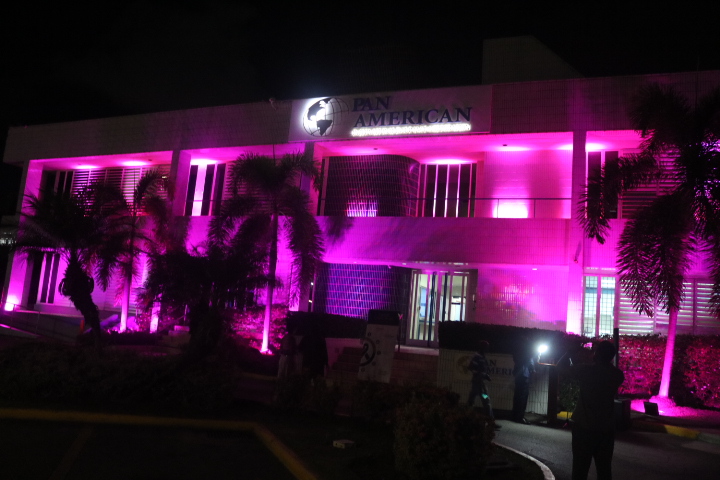Changing the tune of Gender-Based Violence
2 years 1 month ago
Arts/Culture/Entertainment, Community, Crime, Health, PRESS RELEASE, donysia francis-domergé, gbv, gender based violence, sophia phillip, spotlight initiative
Towards a National Coordinating Mechanism to address Gender-Based Violence
2 years 1 month ago
Community, Crime, Health, lifestyle, abigail jeffrey, bertrand edwards, donysia francis-domergé, gender based violence, ministry of gender affairs, national coordinating mechanism, nicole neva pitt, spotlight initiative
STAT+: Pharmalittle: Drugmakers agree to negotiate Medicare prices under protest; AstraZeneca settles lawsuits over heartburn drugs
2 years 1 month ago
Pharma, Pharmalot, pharmalittle, STAT+
Grenada National Council on Aging appeals for fulfilment of rights for older people
2 years 1 month ago
Business, Community, Education, Health, PRESS RELEASE, desk of the elderly, grenada national council on ageing, international day of older persons, ministry of social development, senior citizens, universal declaration on human rights
Medscape Medical News Headlines
AbbVie's Blood Cancer Combo Therapy Fails in Late-Stage Study
2 years 1 month ago
Hematology-Oncology, News
Grenadian Dentist to be inducted into Pierre Fauchard Academy
2 years 1 month ago
Business, Health, PRESS RELEASE, dentistry, jullie du bois, pierre fauchard academy
Hangover cure: Can electrolytes relieve symptoms the morning after drinking alcohol?
2 years 1 month ago
Health, spirits, drinks, healthy-living, lifestyle, headaches-and-migraines
Jamaicans urged not to use aspirin, diclofenac to treat dengue - Jamaica Gleaner
- Jamaicans urged not to use aspirin, diclofenac to treat dengue Jamaica Gleaner
- Strategies to Battle the Dengue Outbreak in Jamaica | TVJ Smile Jamaica Television Jamaica
- More Dengue cases recorded; one death confirmed | News Jamaica Star Online
- Local transmission of dengue reported Cayman Compass
- Jamaica records dengue-related death, increase in cases Jamaica Gleaner
- View Full Coverage on Google News
2 years 1 month ago
Health Archives - Barbados Today
A call for ‘action, compassion’ during Breast Cancer Awareness Month
2 years 1 month ago
A Slider, Features, Health, Local News
Health Archives - Barbados Today
Health officials say Hill Milling close to reopening
2 years 1 month ago
A Slider, Business, Environment, Health, Local News
Hugo Mendoza Hospital has 98 patients admitted for dengue fever and Robert Reid Hospital 72
2 years 1 month ago
Health, Local



